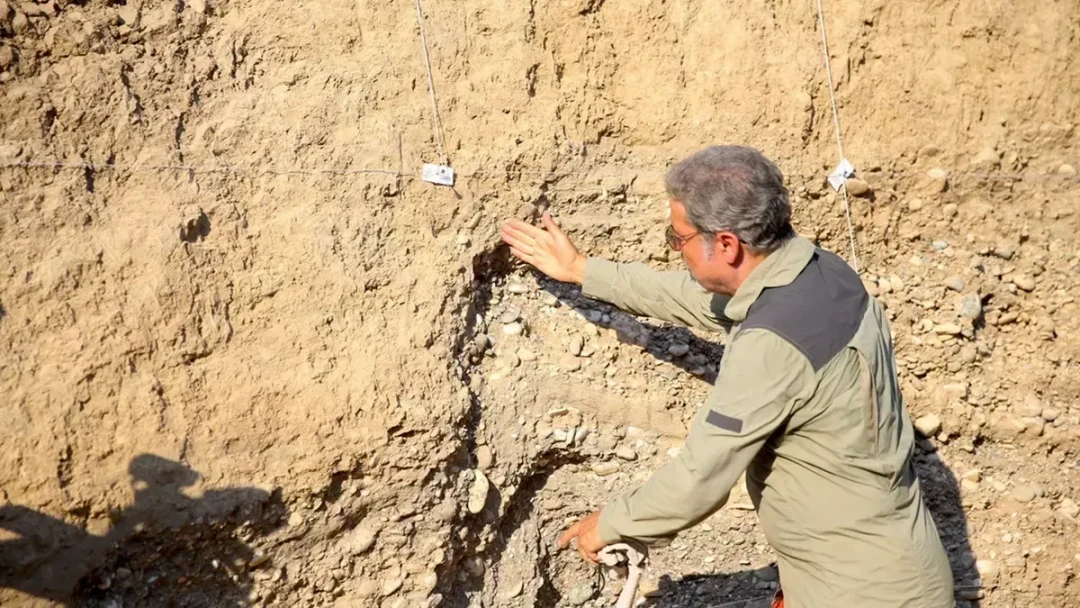Earthquake map is being updated in 81 provinces: a new fault line has been identified

In Turkey, Prof. Dr. Hasan Sözbilir stated that during the February 6 earthquakes, the Narlı fault did not rupture, but they have identified the emergence of a new fault line.
Under the leadership of TÜBİTAK (The Scientific and Technological Research Council of Turkey), in collaboration with AFAD (Disaster and Emergency Management Authority), MTA (General Directorate of Mineral Research and Exploration), TBB (Union of Municipalities of Turkey), and 22 universities, the "Turkey Earthquake Hazard Map" update project has established the Turkey Active Faults Paleoseismological Characteristics Determination Research Platform. The platform, comprising 100 scientists from relevant departments of participating universities along with 90 researchers and fellows, has been conducting intensive studies under the Turkey Paleoseismology Research Project (P/SISMOTÜRK) for approximately 10 months at 128 active fault locations across 19 different points.
Mandal, explaining that the "Turkey Earthquake Hazard Map" will be updated based on paleoseismological studies conducted on active fault lines or fault segments, stated the following:
"By the end of 2025, we will have mapped the paleoseismological features of all active fault lines in Turkey and shared this information with the public. For the first time, public decision-makers, including the head of AFAD, the head of MTA, and our general director, gathered at a meeting chaired by Minister of Industry and Technology Mehmet Fatih Kacır. Twenty-two universities, 100 researchers, and 90 students have come together for this effort, which is unprecedented. At least scientifically, we have learned a lesson. This is a reality for the whole world and our country. With the events of climate change, this situation will be further triggered. We know how strong AFAD operates after earthquakes, but we need to take necessary measures based on scientific principles so that its assistance is not required."
NEW FAULT IDENTIFIED
Professor Hasan Sözbilir explained that during the investigation of trenches, they determined that the Narlı fault did not rupture during the earthquakes on February 6, 2023. Additionally, they identified the emergence of a new fault line. "We can observe how the fault moved during the earthquake. Upon examining this movement, we have found that it does not align well with the movement of the Narlı fault. In other words, a movement of a different fault type occurred here. Therefore, this is an independent fault separate from the Narlı fault, and we believe this fault is connected to the East Anatolian Fault" .


